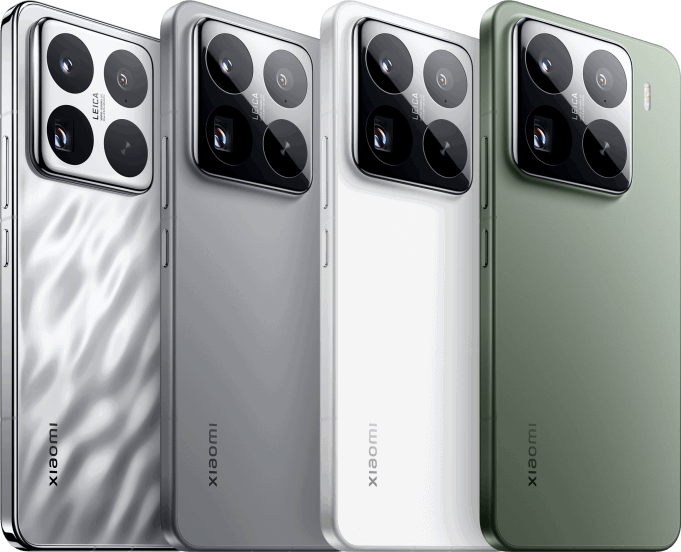Vinyl is booming. After being nearly extinct in the early 2000s, its popularly has skyrocketed over the last 10-odd ears (at the same time as music streaming, oddly). People are captivated by its slow analog experience — placing the record, dropping the stylus — and hearing its warm nostalgic sound.
The good news is that because vinyl has made such a defiant comeback, it’s spurred a resurgence of the other necessary components to play vinyl. Audio companies are making new turntables, phono preamps, amplifiers and speakers — all of a range of price points — so it’s pretty easy to build a basic turntable system. You don’t need to refurbish some vintage gear (although you still can if you want to).
The Four Components of a Basic Turntable System
A turntable system is comprised of four primary components: the turntable, the phono preamp, the amplifier and the speakers. It can get a little complicated nowadays because a lot of these components are combined together, such as a turntable with a built-in phono preamp or a speaker with a built-in amplifier (which is any powered or active speaker), but it the bottom line is that you need these four components to work.
• Turntable: The turntable and the speakers are the two most important components. The turntable — specifically its stylus — is the thing that makes contact with the record and picks up the signal. It then produces a phono output signal.
• Phono Preamp: The phono preamp takes the phono output signal and converts it into a “line level” or an “AUX” signal. It also equalizes the signal — staying true to the RIAA playback equalization curve — so that it sounds as true to the original recording as possible.
• Amplifier: The amplifier takes the weak signal from the phono preamp and amplifies and readies it for the speakers. Without the amplifier you wouldn’t be able to play (or, more accurately, hear) music. Today, the standalone amplifier (aka a power amplifier) is nearly an extinct component because powered speakers (combines amp and speaker), receivers (amp with a radio) and integrated amplifiers (combines amp and phono preamp) have all become so popular.
• Speakers: The speakers the amplified signal and split it up (using its crossover circuitry). The high-end frequencies get sent to the tweeter, and the low-end frequencies get sent to the mid-range and bass driver. If the speaker has an extra, dedicated driver from midrange, that’s where those frequencies get sent. The speakers are probably the most important component because they’re what you actually hear.
The Three Turntable Systems
There are a multitude of ways to build out your turntable system. It’s no secret that the more separate components your turntable system has, the better it’s likely to sound; it prevents them interfering with each other components’ jobs. However, having more components comes with its share of problems. Each individual component needs its own space. It adds more complexity because there are more moving parts. And the total cost is typically higher because you’re paying for more individual components.
That said, you can build a starter turntable system any way you want and still keep the price relatively down. We’ve assembled three turntable systems in three different ways, and they all cost around the same price —all are under $1,000.
#1: Turnable (w/ preamp) and Powered Speakers
If you have Sonos speakers in your house and you want to add a turntable to the mix, your best option is to get a Five. It’s has a line-in connection so you can connect it directly your turntable (so long as it has a built-in preamp). You can then group it with your other Sonos speakers and play vinyl throughout your home. In this current setup, we have a powered speaker (so speaker and amp) and a great entry-level turntable with an integrated preamp (so turnable and preamp). The Roam is just an option bonus.
#2: Turnable (w/o preamp), Preamp and Powered Speakers
The advantage of having a turntable without built-in phono preamp is that it gives you more options to customize your sound. Most built-in preamps aren’t that great and, because they’re close to the turntable’s other components. they’re more susceptible to vibrations and distortions. And an external preamp can make your system sound better for not that much — you can get a great external phono preamp for between $60 and $200. Add that to a powered speaker system that delivers true stereo sound … and you’re cooking.
#3: Turnable (w/o preamp), Amp and Passive Speakers
This system combines an excellent mid-level turntable, one of the best budget integrated amps (so amp and phono preamp) and a great pair of passive bookshelf speakers. It’s a relatively affordable system, but it also leaves a lot of room for future upgrades. If you want to a nicer turntable or bigger and better bookshelf speakers in a few years time, this setup gives you that flexibility.


